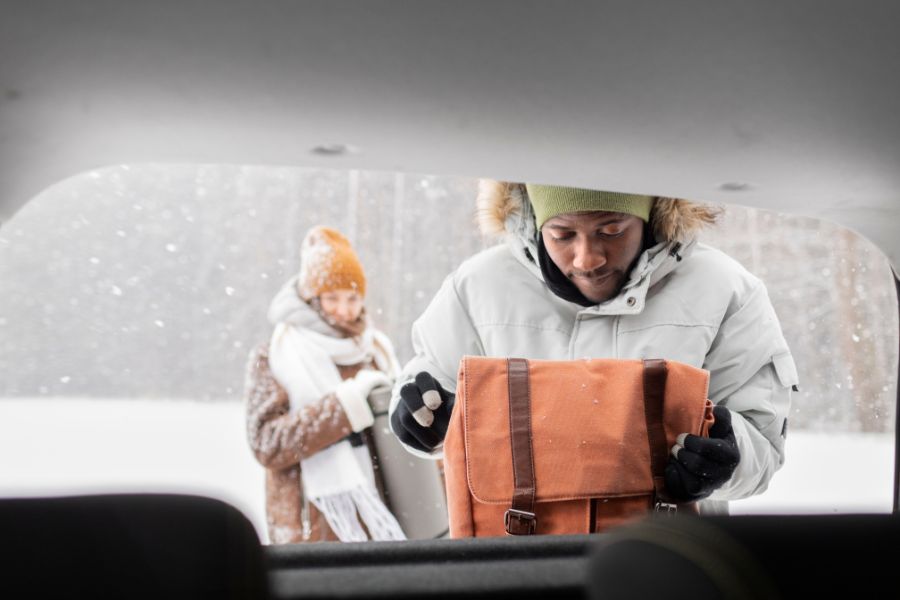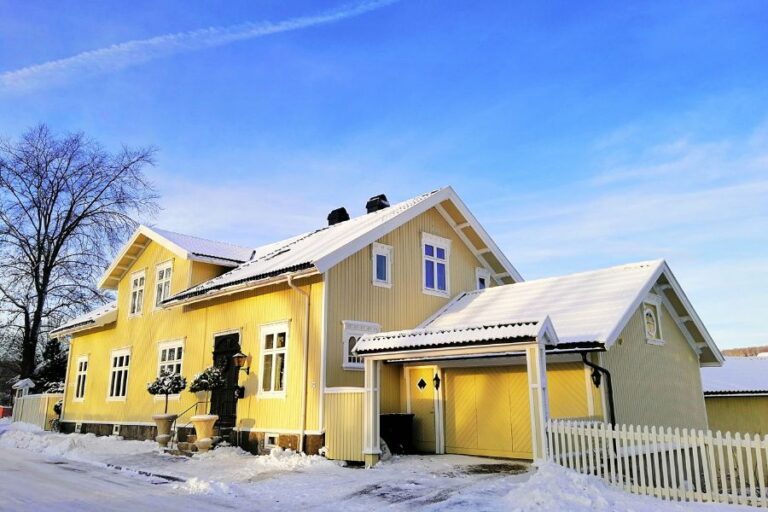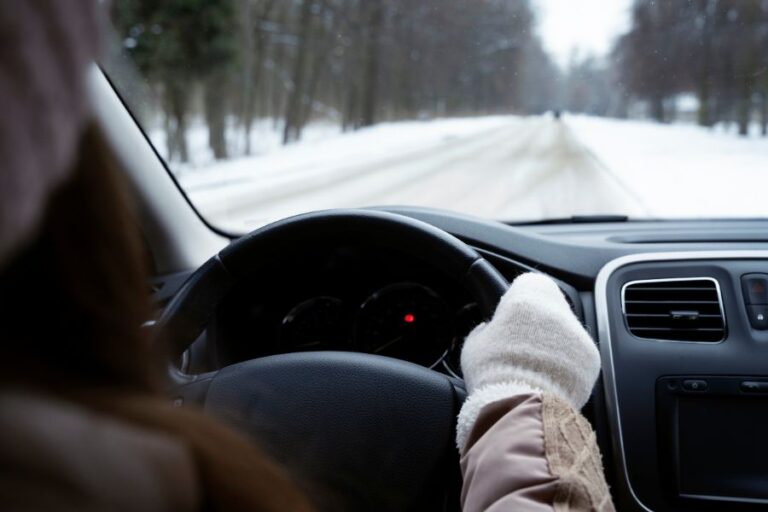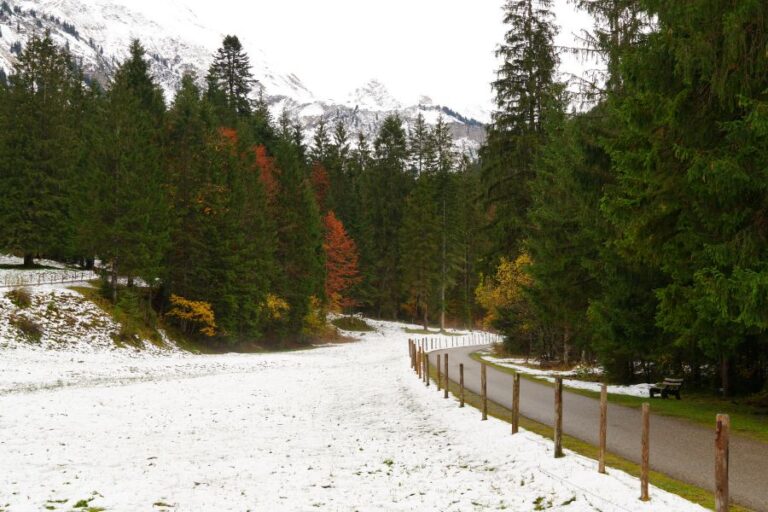Must-Have Supplies for Families on Snow Days in Canada

Canadian winters are unpredictable, and few things disrupt daily life more than a sudden snow day. When schools close and roads become treacherous, families often find themselves scrambling to adapt. As a Certified Weather Forecaster with over 8 years of experience analyzing Canadian winters, I know firsthand how quickly conditions can shift from manageable to hazardous.
Snow days don’t just mean a day off school—they require preparation to keep your household safe, warm, and comfortable. Below, I’ll share a comprehensive list of must-have supplies for Canadian families, blending meteorological expertise with practical, real-world advice.
Why Preparation Matters
From my years forecasting for Ontario and across Canada, I’ve seen storms that shut down entire cities for days. For example, in February 2025, Toronto schools closed during a blizzard when wind chills dropped below –30°C and heavy snow caused widespread transit delays. Families who prepared with essential supplies were able to manage the disruption smoothly, while others struggled with food shortages, heating challenges, or unsafe travel.
Snow day readiness isn’t just about convenience—it’s about safety, comfort, and peace of mind.
1. Food & Water Essentials
During major snow events, supply chains can be disrupted, and venturing out isn’t always safe. Stock up in advance:
- Non-perishable food: Canned soups, beans, pasta, granola bars, and peanut butter.
- Comfort foods for kids: Hot chocolate mix, crackers, and easy-to-make snacks.
- Drinking water: At least 2 litres per person per day for 3 days.
Pro Tip (Forecaster’s Note): In blizzard conditions, power outages can shut down electric stoves. Keep a manual can opener and a small camping stove with extra fuel for emergencies.
2. Heating & Warmth Supplies
One of the biggest risks on snow days is losing power or heat. A family without adequate backup warmth is vulnerable, especially when wind chills dip dangerously low.
- Extra blankets and sleeping bags (wool or thermal).
- Portable, battery-powered space heaters (with safety shut-off).
- Firewood or propane if you have a fireplace or stove.
- Layered winter clothing — thermal underwear, wool socks, hats, and mittens.
Case Study: In Ottawa’s January 2024 snowstorm, I forecasted extreme wind chills that forced schools to close. Families who had insulated their homes with draft stoppers and thermal curtains reported significantly more comfort indoors.
3. Power & Lighting Backups
Snow and ice can bring down power lines quickly. Having a reliable backup ensures safety and reduces stress.
- Flashlights and LED lanterns (avoid candles due to fire risk).
- Portable chargers and power banks for phones and tablets.
- Backup generator (for longer outages, especially in rural areas).
Forecasting Insight: I’ve tracked outages lasting up to 72 hours in rural Ontario after heavy snowstorms. A family with backup power is far less vulnerable.
4. Safety & Emergency Gear
Snow day supplies aren’t complete without emergency readiness.
- First aid kit with prescriptions and children’s medications.
- Battery-powered weather radio to monitor Environment Canada updates.
- Snow shovels and ice melt to clear walkways safely.
- Carbon monoxide detector (essential if using alternative heating sources).
Reminder: Always ventilate properly when using space heaters or generators. Sadly, during the 2022 Quebec snowstorm, several families faced health risks due to poor ventilation indoors.
5. Entertainment & Learning for Kids
Snow days can be exciting for children—but without preparation, they can also lead to boredom and frustration.
- Books, puzzles, and board games for family bonding.
- Educational apps or worksheets to keep kids engaged.
- Snow gear for outdoor play: sleds, snow pants, and waterproof gloves.
Personal Experience: Growing up in Ottawa, I remember entire days spent sledding during closures. Parents who planned safe outdoor fun made snow days more memorable and less stressful.
6. Car & Travel Readiness
Even when schools close, parents may still need to drive for work or emergencies. Winter driving safety begins with preparation.
- Full gas tank (prevents fuel line freeze).
- Winter tires and windshield washer fluid rated for –40°C.
- Car emergency kit: blankets, scraper, booster cables, snacks, and water.
- Small shovel and traction aids in case you get stuck.
Data Point: In my review of closures across three provinces in 2024, I found that many families underestimated road conditions, even when forecasts clearly showed high risks of black ice. Always plan for the worst-case scenario.
7. Staying Connected
Snow days disrupt normal communication, so staying informed is vital.
- Cell phone fully charged before storms hit.
- Social media and community groups for closure updates.
- Bookmark your local school board closure page.
And of course, using a Snow Day Predictor can help families estimate closure probabilities before the official announcements. This tool gives parents a chance to prepare ahead of time, especially when storms develop overnight.
Transparency & Forecast Limits
As a forecaster, I must emphasize: no prediction is 100% certain. Weather models provide probabilities, not guarantees. Always confirm closures through official school board channels and Environment Canada alerts.
Transparency builds trust—and in meteorology, that’s just as important as accuracy.
Conclusion
Snow days are part of the Canadian experience, but preparation makes all the difference. With the right supplies—covering food, warmth, power, safety, and entertainment—families can stay safe and even enjoy the unexpected time together.
As someone who has tracked countless storms and forecasted closures across multiple provinces, I can say confidently: prepared families weather snow days best.






